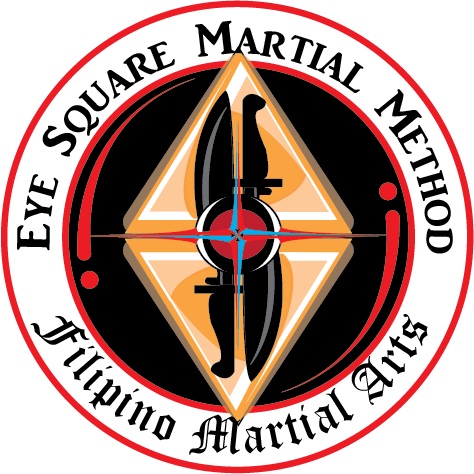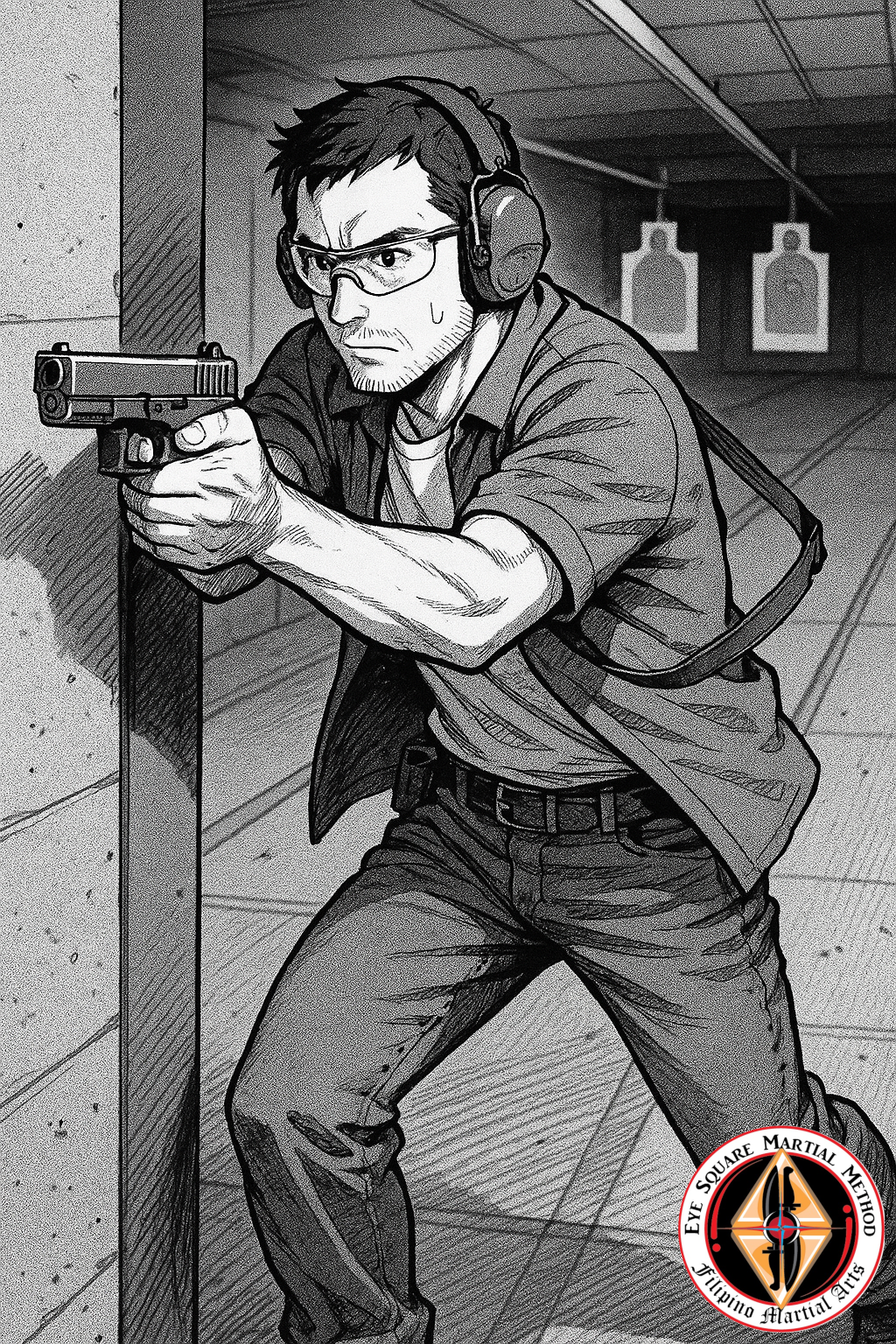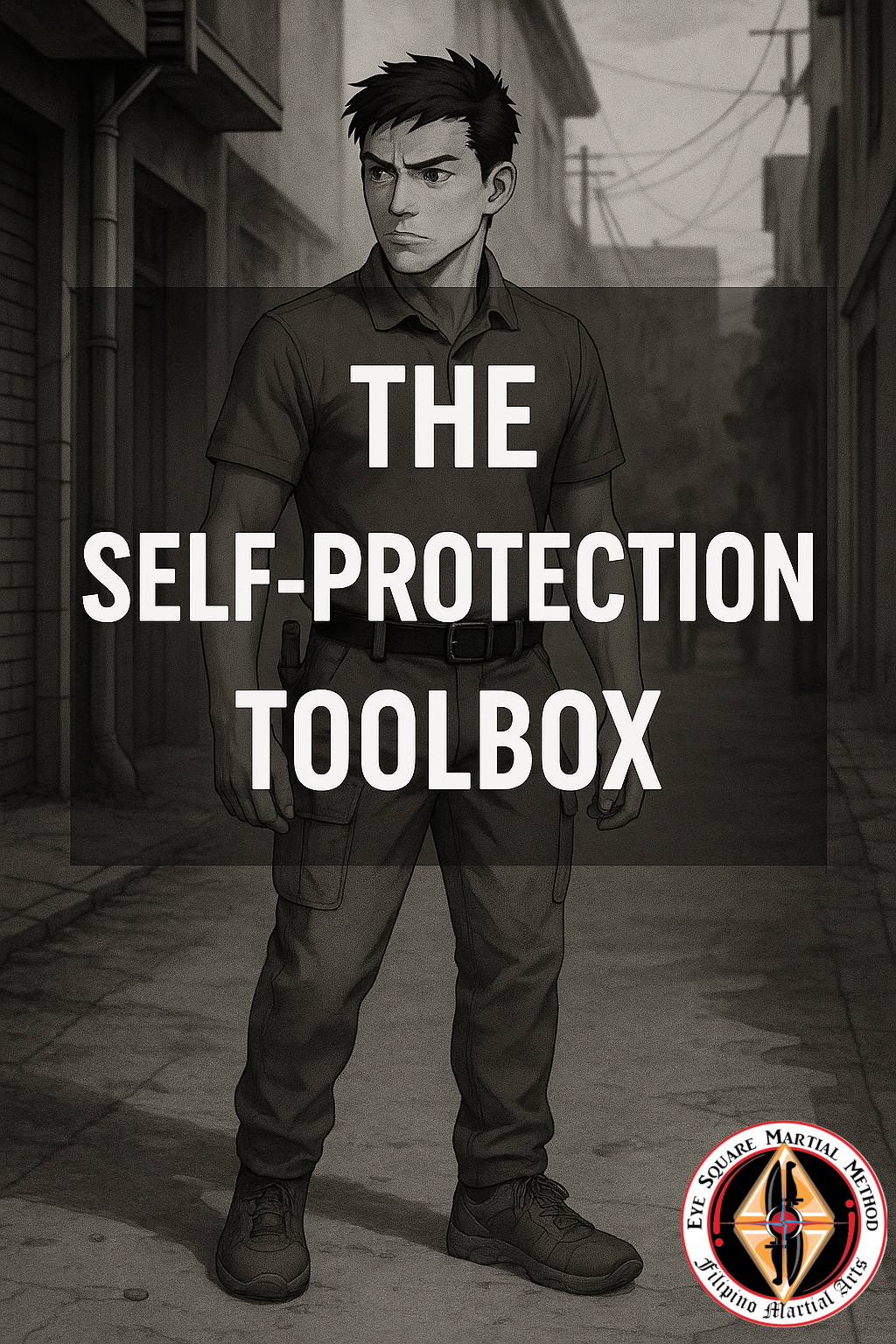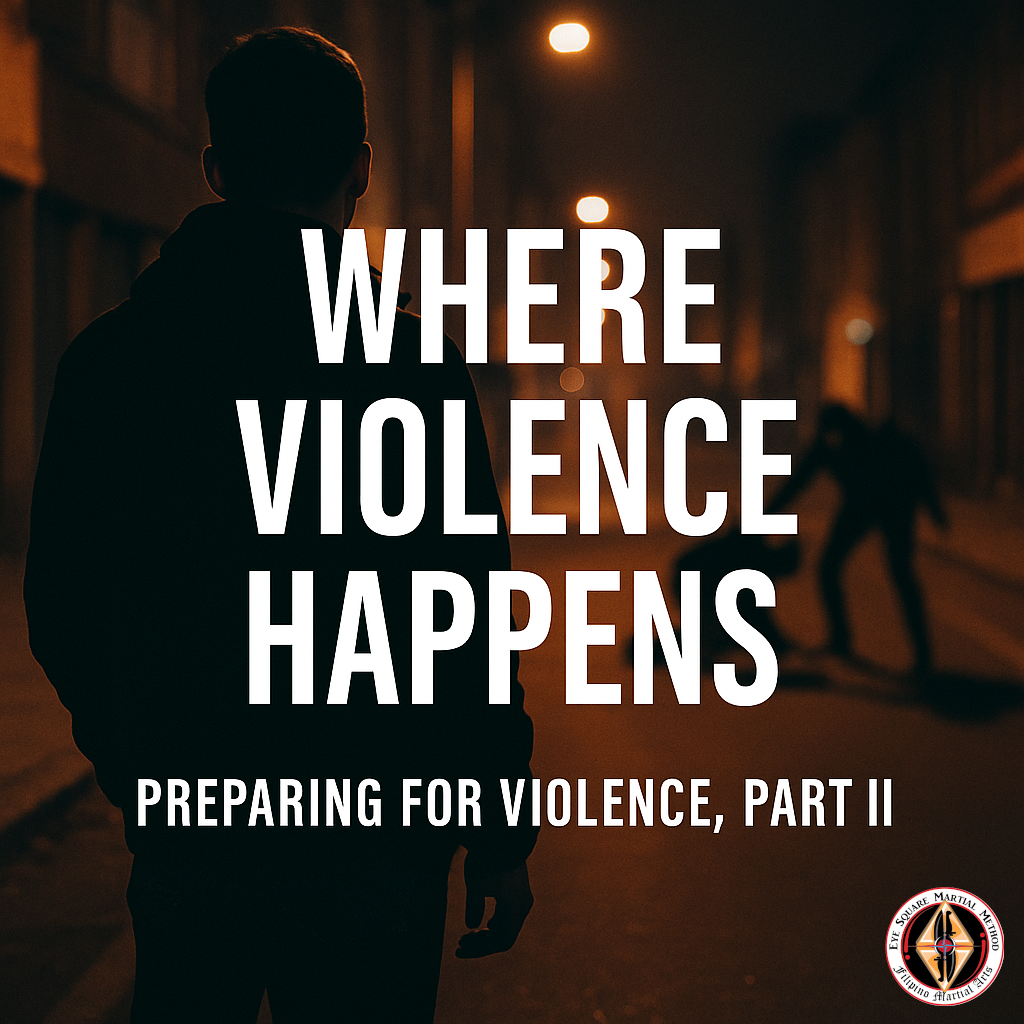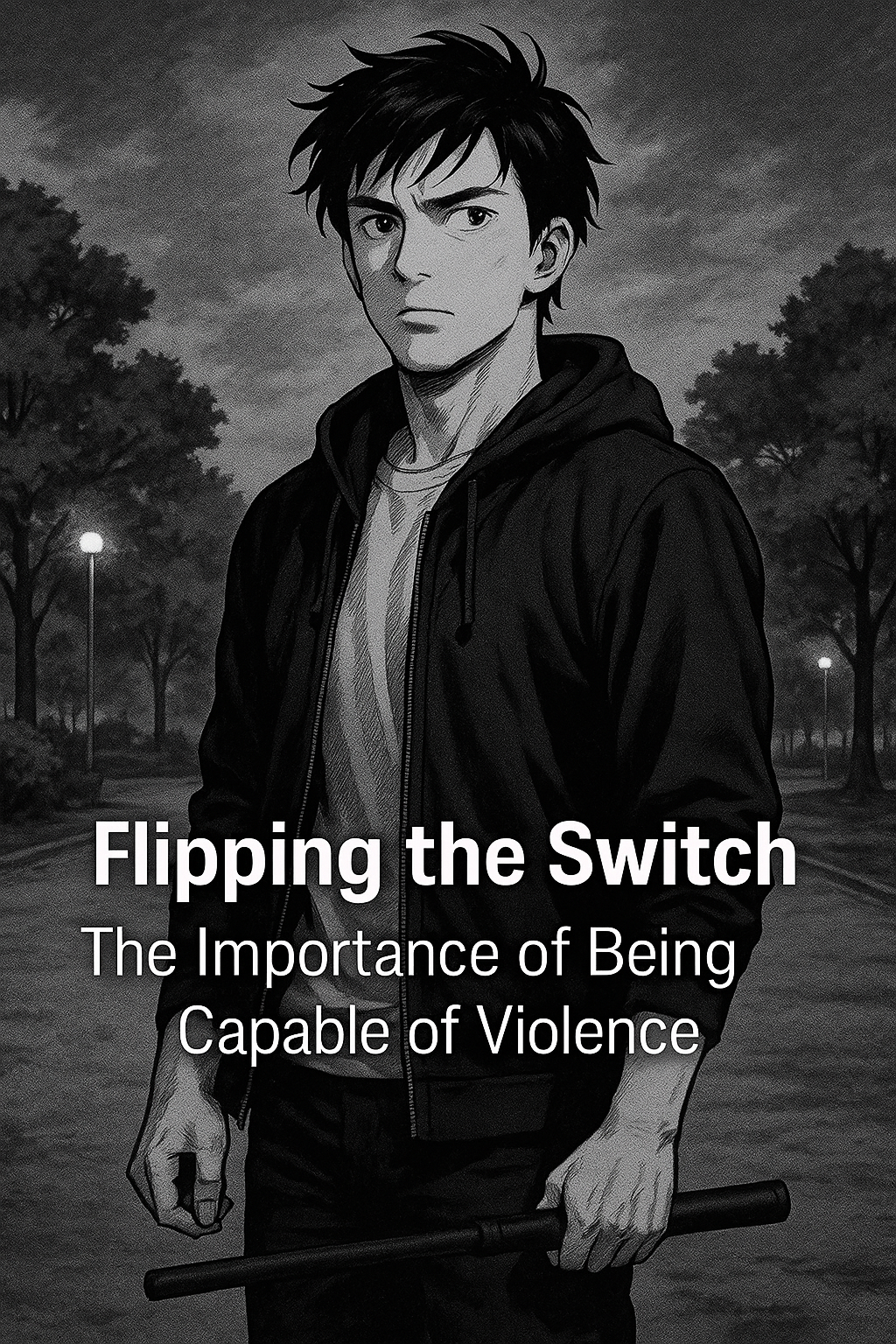It’s one thing to own a gun. It’s another to carry it daily. And it’s something else entirely to be prepared—mentally, physically, and morally—to use it.
A gun doesn’t make you safe. Training does. Judgment does. Self-control does. Without those, a firearm can turn from a life-saving tool into a liability.
Mindset First, Always
Before you think about tactics or gear, you need the right mindset.
- Carrying a gun means you’ve accepted a level of responsibility most people will never understand.
- It’s not about being the hero—it’s about avoiding trouble whenever possible and stopping a threat only when there’s no other option.
- The gun is the last resort, not the first move.
If your ego is driving you to carry, you’re doing it wrong.
Training: More Than Just Marksmanship
You don’t rise to the occasion—you fall to the level of your training.
That means:
- Drawing from concealment under pressure
- Moving and shooting with awareness of your surroundings
- Target discrimination (knowing when not to shoot)
- Scenario-based decision-making under stress
Dry fire practice, range time, and force-on-force training are all part of the puzzle. And if you haven’t trained since your concealed carry class? You’re overdue.
Situational Awareness > Speed
Most violent encounters are won—or avoided—before the first shot is fired.
- Can you spot a threat before it’s too close?
- Are you tuned into your environment, or buried in your phone?
- Do you know where the exits are when you walk into a store, restaurant, or parking lot?
Awareness buys you time. And time buys you options.
Safe Storage = Smart Ownership
Not every threat is external. Especially if you have children, roommates, or visitors at home, safe storage matters.
Options include:
- Lockboxes or safes with quick-access
- Trigger locks for backup storage
- Keeping carry guns on your person—not loose in a drawer (or in a purse)
The goal isn’t paranoia—it’s preventing tragedy.
Closing Thought
Carrying a gun doesn’t make you dangerous. But carrying one without training, discipline, and humility just might.
In the next post, we’ll dive into the common arguments for and against civilian gun ownership—and how to respond with respect, logic, and facts.
